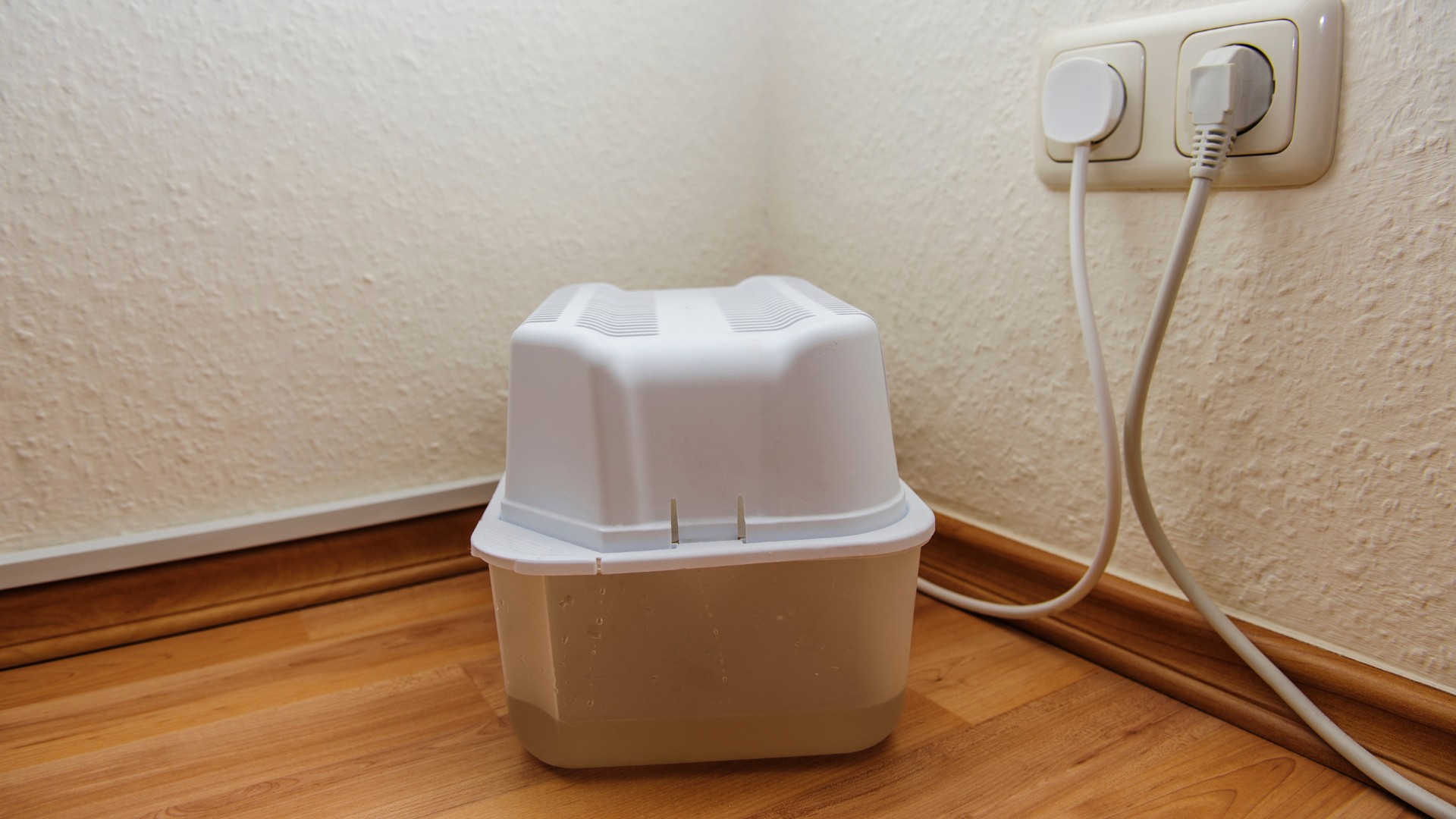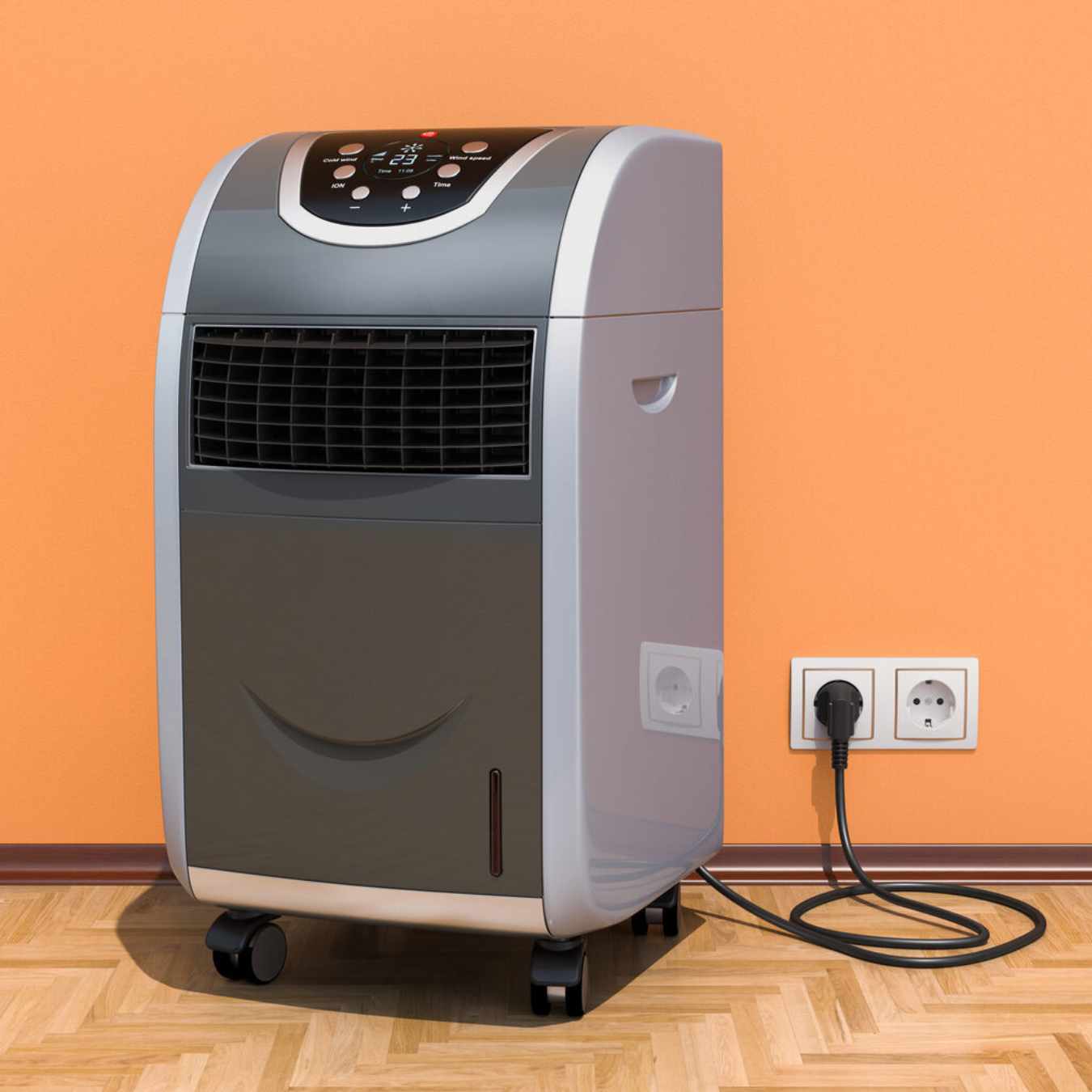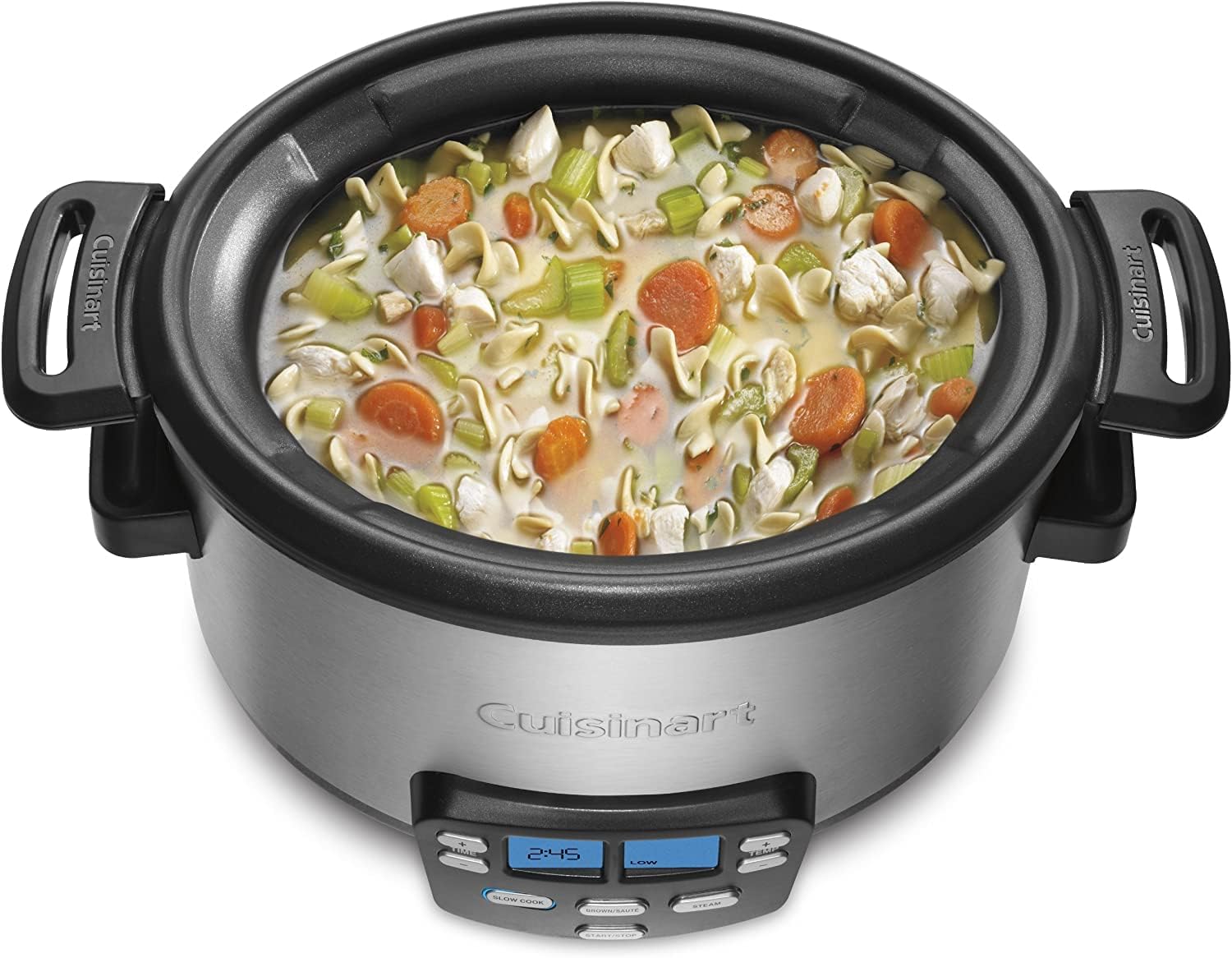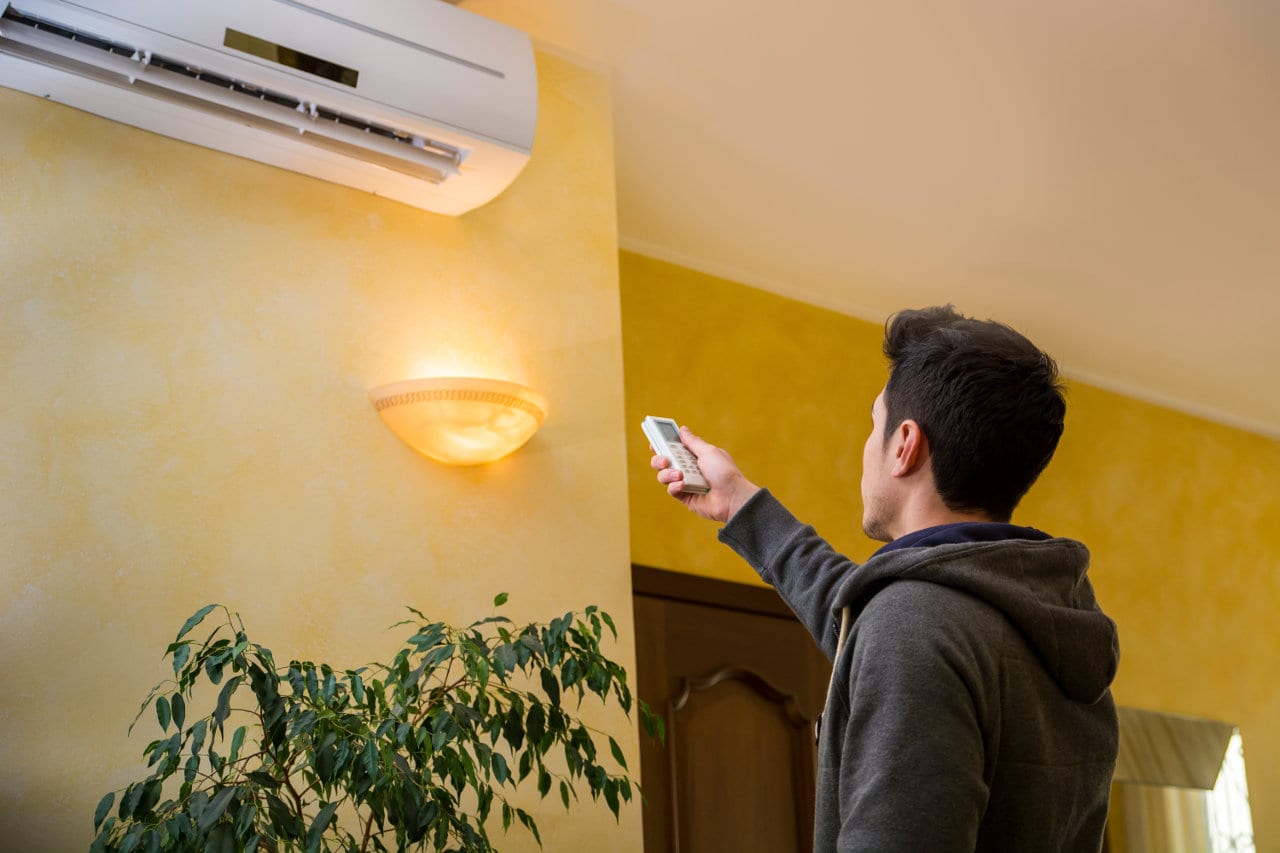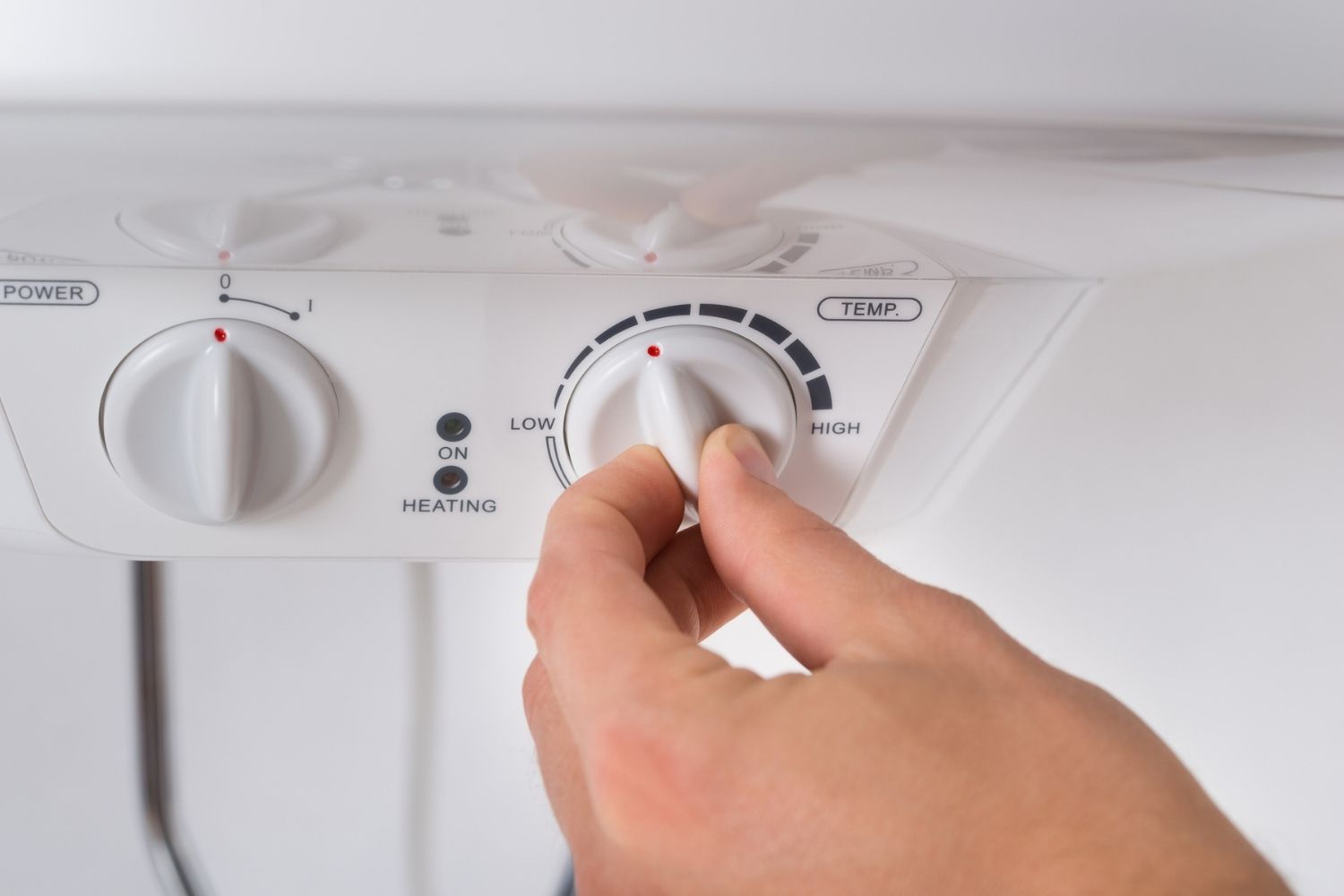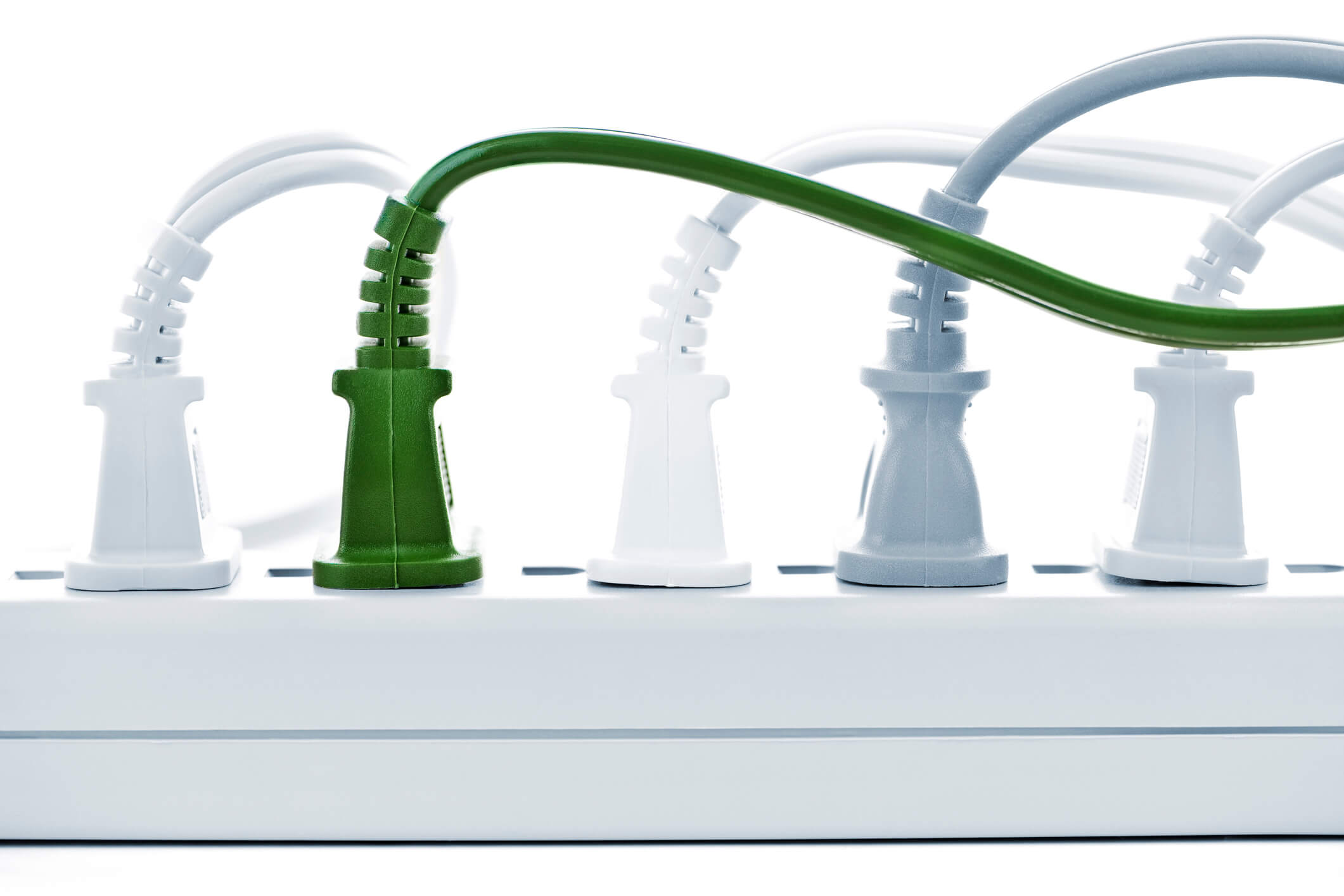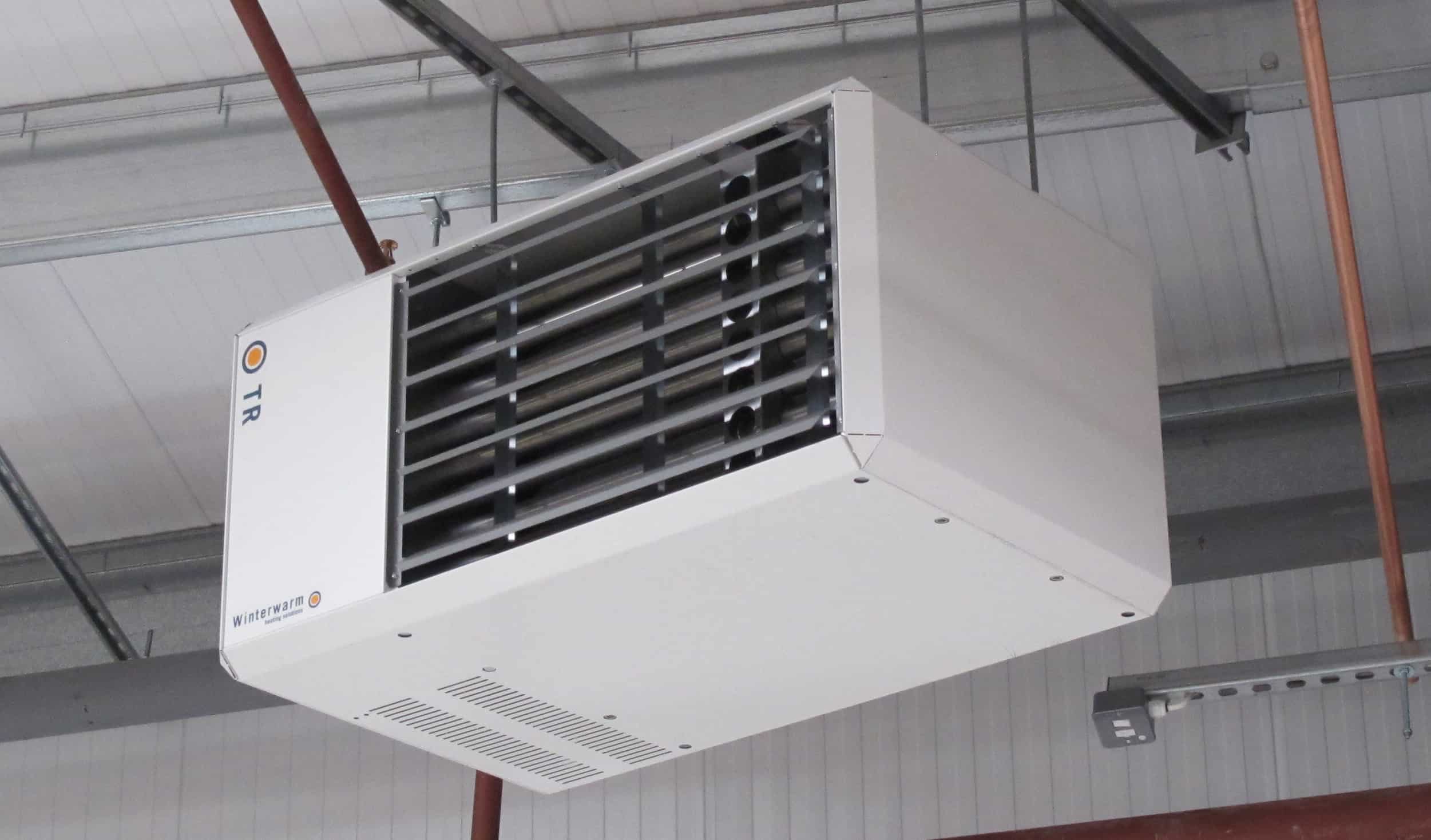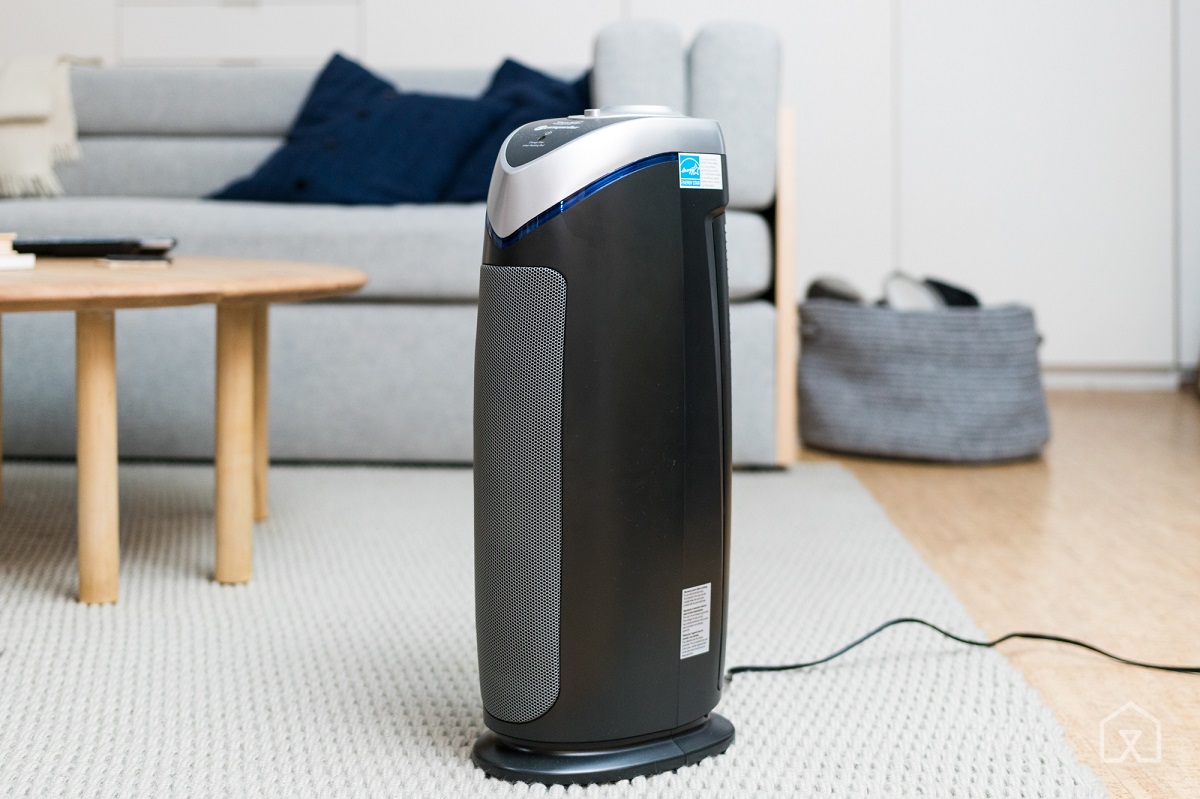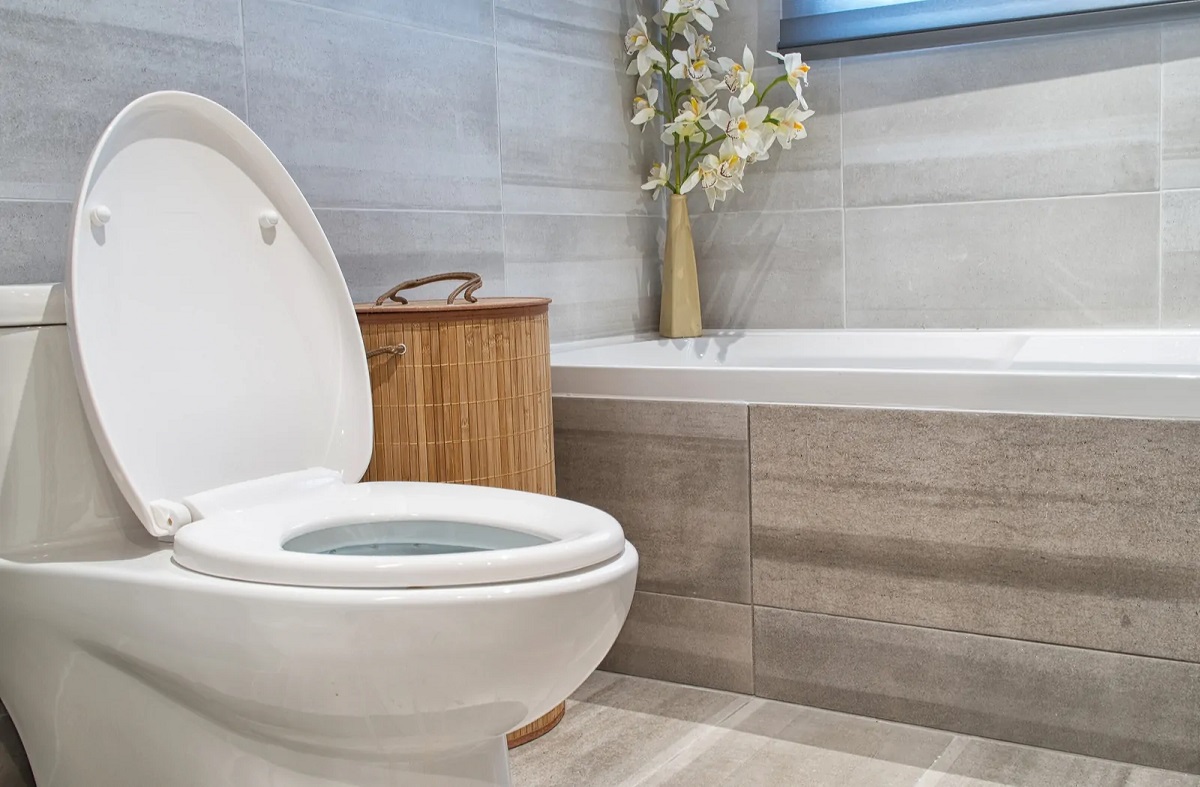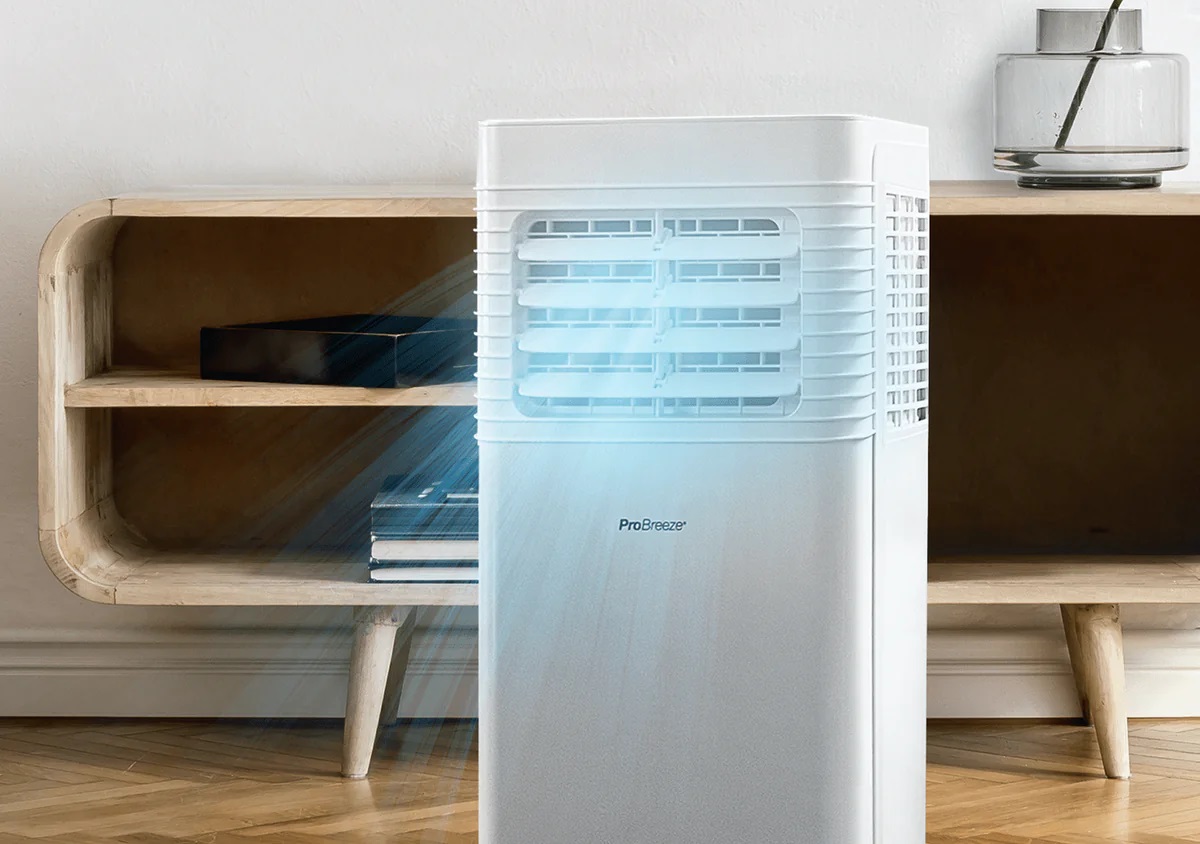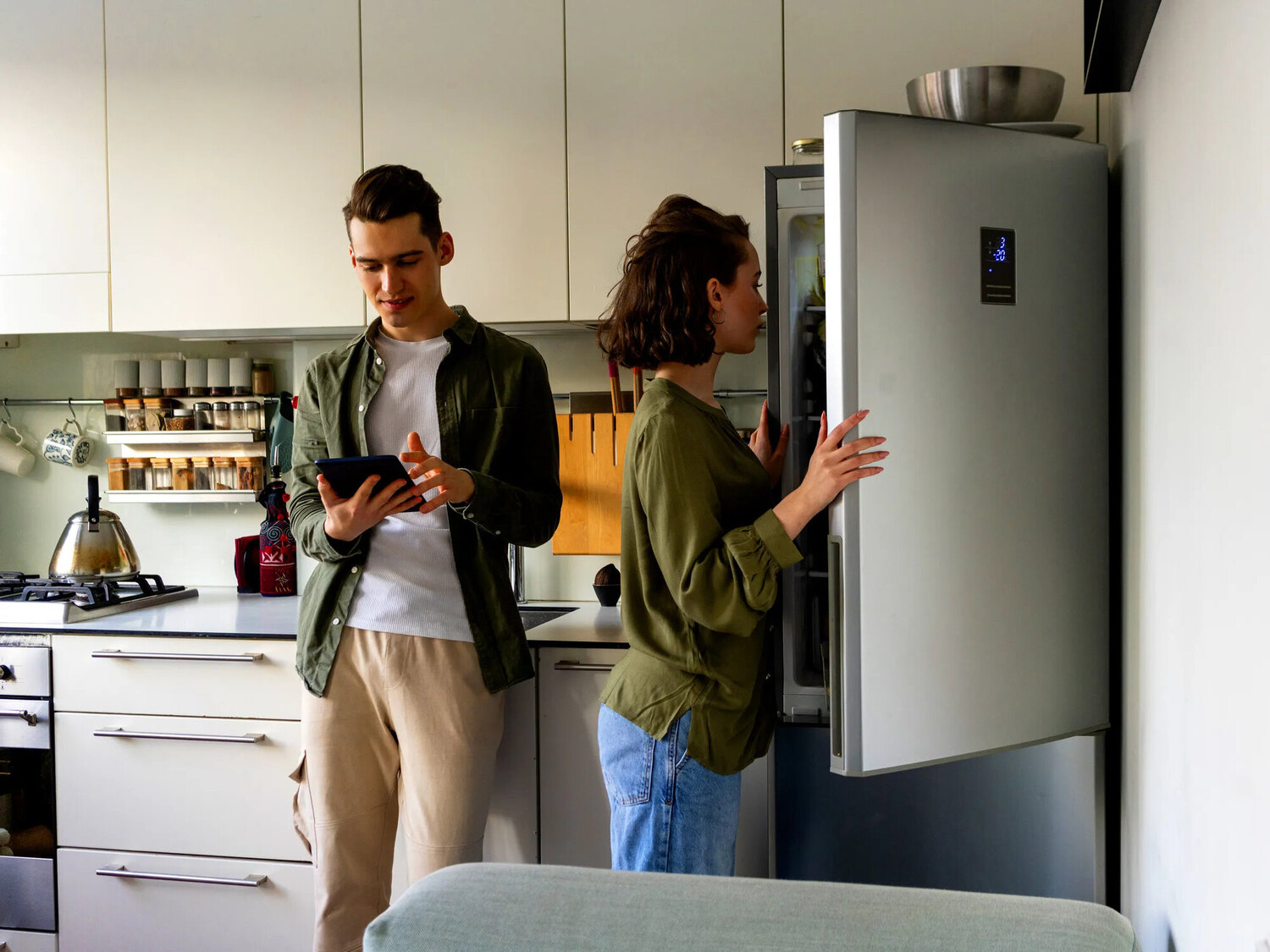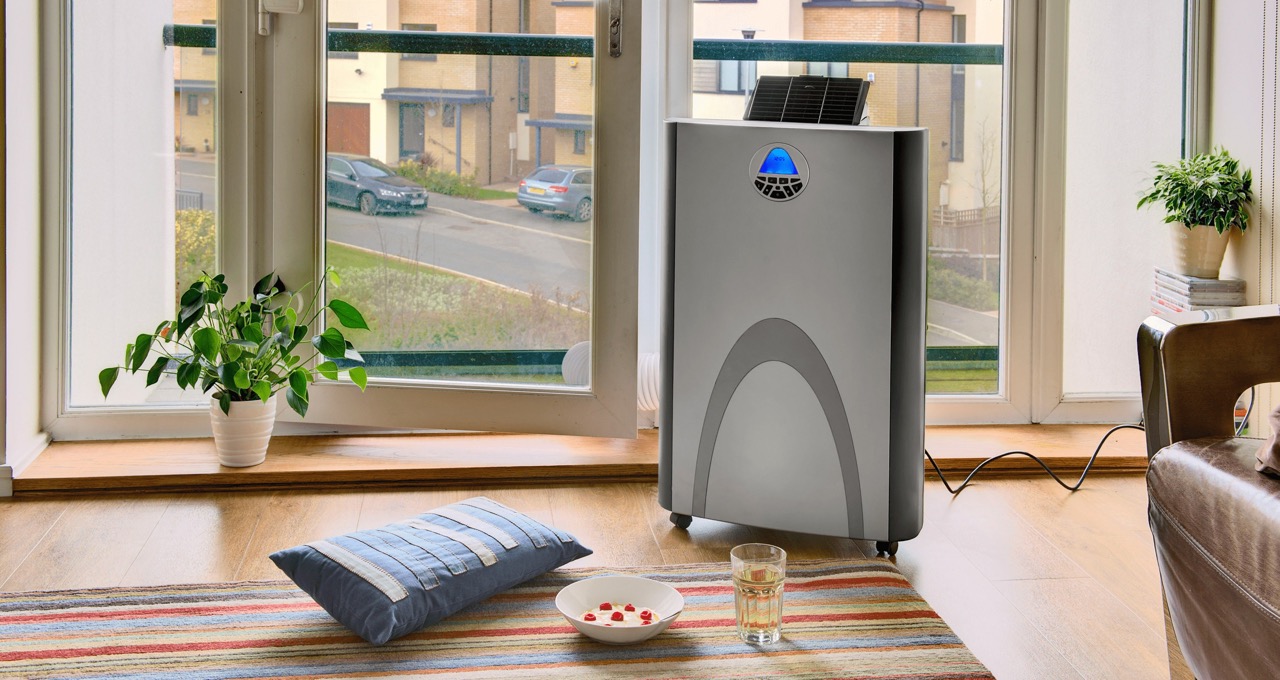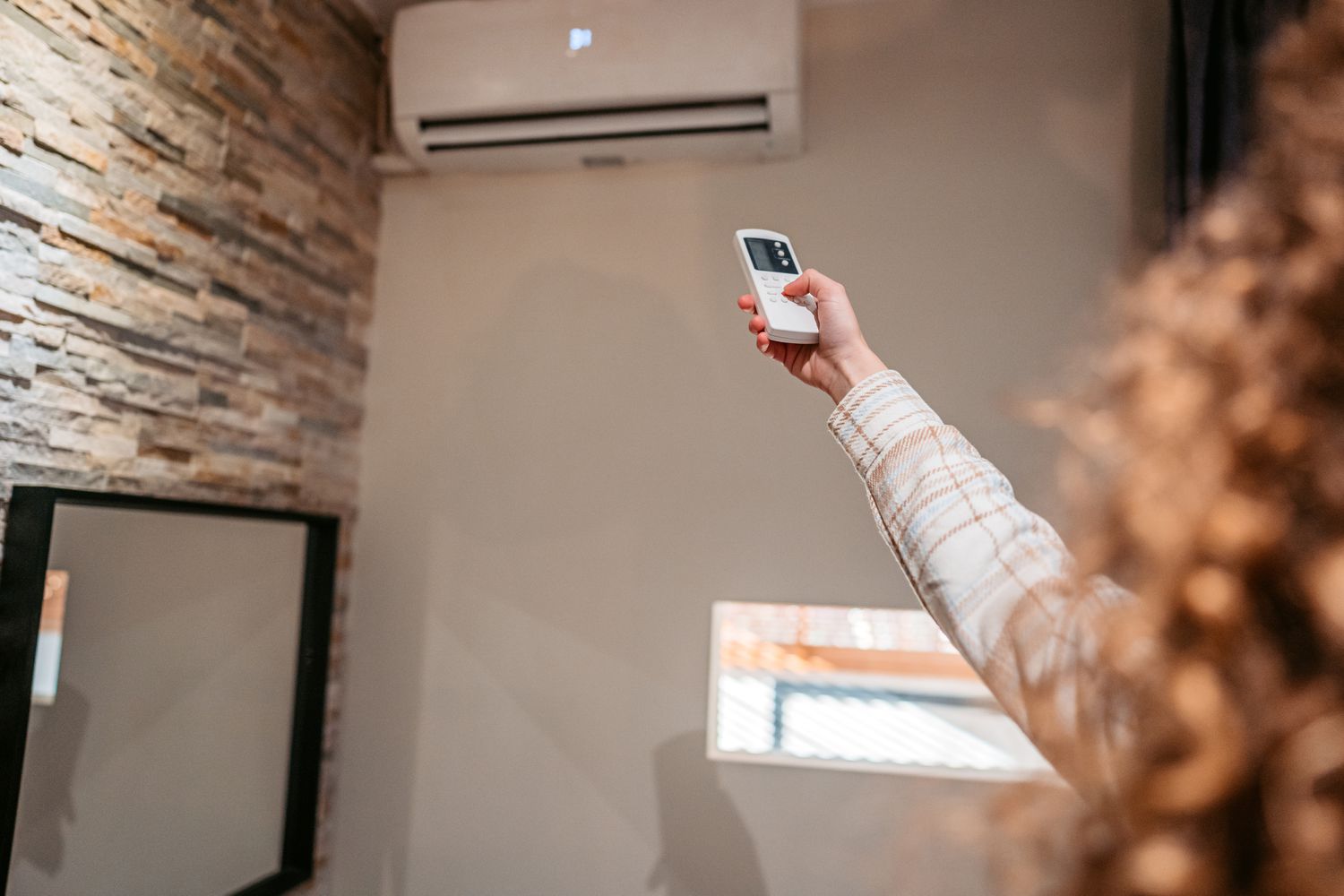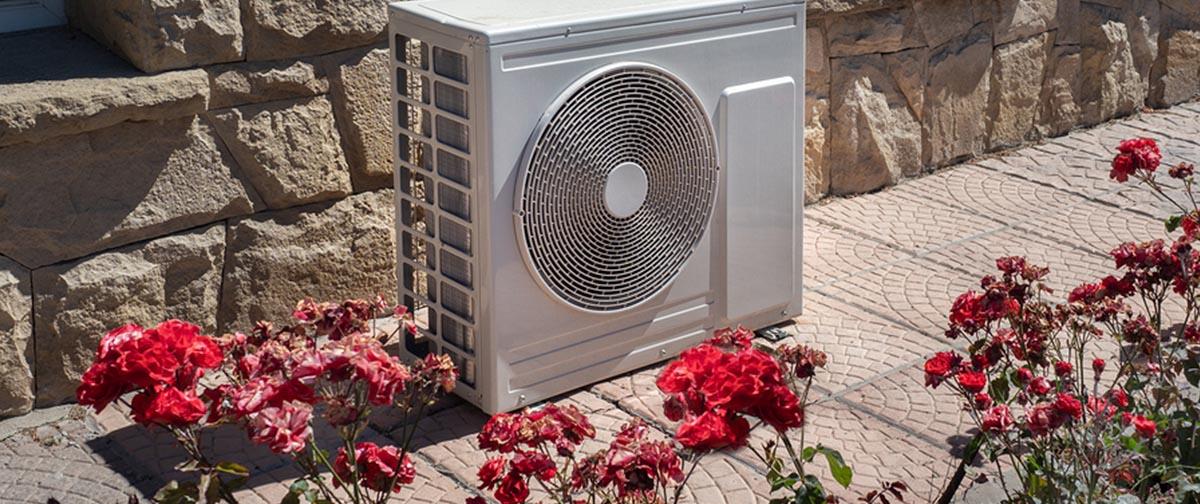Home>Home Maintenance>How Much Power Does A Portable Air Conditioner Use
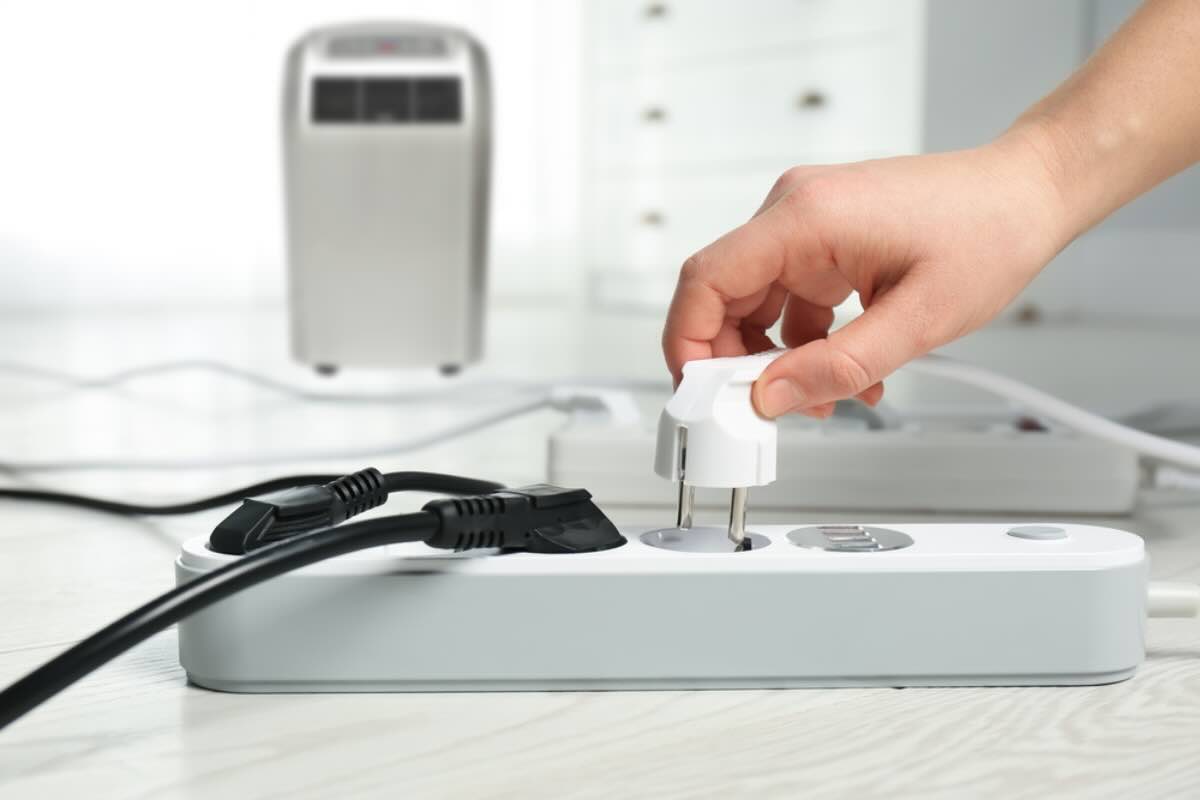

Home Maintenance
How Much Power Does A Portable Air Conditioner Use
Modified: March 7, 2024
Find out how much power a portable air conditioner uses and save on your home maintenance costs.
(Many of the links in this article redirect to a specific reviewed product. Your purchase of these products through affiliate links helps to generate commission for Storables.com, at no extra cost. Learn more)
Introduction
Welcome to the world of home cooling and maintenance! In this article, we will explore the power consumption of portable air conditioners and provide you with a comprehensive understanding of their energy usage. Portable air conditioners have become increasingly popular among homeowners looking for a cost-effective and flexible cooling solution. However, it is important to understand the power requirements and efficiency of these units to make an informed decision.
Portable air conditioners are versatile cooling appliances that can be moved to different rooms or locations as needed. Unlike traditional air conditioning systems, they do not require permanent installation, making them convenient for renters or homeowners who want a temporary cooling solution. These compact units typically include a compressor, condenser, evaporator, and a flexible exhaust hose for releasing hot air outside.
The power consumption of a portable air conditioner depends on several factors, including the unit’s cooling capacity, energy efficiency ratio (EER), and runtime. The cooling capacity is measured in British Thermal Units (BTUs) and determines the unit’s ability to remove heat from a room. The higher the BTU rating, the more cooling power the unit has.
Energy efficiency is another important factor to consider when assessing the power usage of a portable air conditioner. The EER rating indicates how efficiently the unit converts electrical energy into cooling power. Higher EER ratings indicate greater energy efficiency, meaning the unit will consume less electricity for each unit of cooling provided.
Next, we will delve into the details of measuring power usage and how to calculate the energy efficiency and consumption of a portable air conditioner. By understanding these metrics, you can ensure that you choose a portable air conditioner that meets your cooling needs while minimizing energy consumption.
Additionally, we will provide a range of energy-saving tips for using portable air conditioners effectively. These tips will help you optimize your unit’s cooling performance while reducing power usage and lowering your energy bills. From setting the appropriate temperature to proper placement of the unit, you’ll learn how to make the most of your portable air conditioner’s power efficiency.
Finally, we will compare the power usage of portable air conditioners with other cooling options, such as window air conditioners and central air conditioning systems. This comparison will give you a better understanding of how portable air conditioners stack up against these alternatives in terms of energy consumption.
So, whether you’re considering purchasing a portable air conditioner or already have one and want to optimize its power usage, this comprehensive guide will provide you with all the information you need. Let’s get started on your journey to better understand the power consumption of portable air conditioners!
Key Takeaways:
- Portable air conditioners offer flexible cooling but consume more power with higher BTU ratings. Consider EER ratings and usage patterns to optimize energy efficiency and minimize electricity consumption.
- To reduce power usage, set optimal temperatures, ensure proper placement, use fans, maintain insulation, and consider nighttime cooling. Compare power usage with window and central air conditioning systems for informed decisions.
Read more: How Much Power Does A Kegerator Use
Understanding Portable Air Conditioners
Before we dive into the power consumption of portable air conditioners, let’s take a moment to understand what exactly a portable air conditioner is and how it functions.
A portable air conditioner is a self-contained cooling system that can be moved from one space to another. Unlike window air conditioners or central air conditioning systems, portable units are designed to be easily installed and removed, making them a flexible cooling option.
So, how does a portable air conditioner work? The process starts with the unit’s compressor, which compresses a refrigerant gas, typically R-410A or R-32. As the gas is compressed, its temperature and pressure increase, creating a high-pressure, high-temperature state.
The hot refrigerant then flows into the condenser coil, located at the back of the unit. Here, the hot gas releases heat and cools down, transforming into a liquid state. This heat transfer process occurs as the condenser coil is cooled by a fan.
Once the refrigerant has liquefied, it passes through an expansion valve or capillary tube. This component reduces the pressure of the refrigerant, causing it to evaporate and absorb heat from the surrounding air.
The cooled refrigerant then enters the evaporator coil, located inside the unit. As warm air from the room is drawn into the portable air conditioner, it passes over the evaporator coil. Heat energy from the air is absorbed by the refrigerant, cooling the air in the process.
Simultaneously, the moisture in the air condenses on the evaporator coil, dehumidifying the room. The cool, dehumidified air is then released back into the room through the front of the unit, while the hot air generated from the cooling process is expelled outside through an exhaust hose.
To vent the hot air, portable air conditioners require a window or another opening in the room where the unit can be placed. The exhaust hose is attached to the window kit or adapter, ensuring that the hot air is effectively expelled outside, leaving the room cool and comfortable.
Portable air conditioners also typically feature adjustable settings to control temperature, fan speed, and modes such as sleep or eco mode. These settings allow users to customize their cooling experience and optimize energy usage based on their preferences.
Now that we have a better understanding of what portable air conditioners are and how they work, we can delve deeper into their power consumption and what factors affect it. With this knowledge, you can make informed decisions when it comes to choosing and using a portable air conditioner that suits your needs while keeping energy usage in check.
Power Consumption of Portable Air Conditioners
When it comes to portable air conditioners, understanding their power consumption is crucial for both choosing the right unit and managing energy usage effectively. Let’s explore the factors that affect power consumption and how to determine the power requirements of a portable air conditioner.
There are several factors that can impact the power consumption of a portable air conditioner:
- Cooling Capacity: The cooling capacity of a portable air conditioner, measured in British Thermal Units (BTUs), directly affects its power usage. Units with higher BTU ratings generally consume more power, as they are designed to cool larger spaces or provide more cooling capacity.
- EER Rating: The Energy Efficiency Ratio (EER) of a portable air conditioner indicates how efficiently the unit converts electrical energy into cooling power. Higher EER ratings signify greater energy efficiency, meaning the unit will consume less electricity for each unit of cooling provided.
- Climate: The ambient temperature and humidity levels of the room or area being cooled can impact how often the portable air conditioner needs to run and its overall power consumption. Hotter climates or high humidity levels may require the unit to work harder and consume more power to maintain the desired temperature.
- Insulation and Sealing: The quality of insulation in the room or area being cooled, as well as any gaps or leaks that allow hot air to enter, can affect the power consumption of the portable air conditioner. Poor insulation or inadequate sealing can lead to the unit needing to run longer and consume more power to cool the space.
- Usage Patterns: How often and for how long the portable air conditioner is used can impact its power consumption. Units that are used for extended periods or frequently turned on and off may consume more energy than units used sparingly or run continuously.
Now, let’s move on to determining the power requirements of a portable air conditioner. To do this, you need to consider the cooling capacity and room size. As a general rule of thumb, you should choose a portable air conditioner with a BTU rating suitable for the room size you plan to cool.
Here’s a rough guideline to help you determine the appropriate BTU rating:
- Up to 200 square feet: 6,000-8,000 BTU
- 200-300 square feet: 8,000-10,000 BTU
- 300-400 square feet: 10,000-12,000 BTU
- 400-600 square feet: 12,000-14,000 BTU
Keep in mind that these are approximate values, and additional factors like ceiling height, sun exposure, and humidity levels may require adjustments to the BTU rating.
By choosing a portable air conditioner with an appropriate BTU rating for your space, you can ensure that it operates efficiently without consuming excess power. Oversized units may cool the room quickly but may cycle on and off frequently, leading to increased energy usage and decreased efficiency.
Now that you understand the factors impacting power consumption and how to determine the power requirements of a portable air conditioner, you are better equipped to make an informed decision when selecting a unit that suits your cooling needs while keeping energy usage in check.
Measuring Power Usage
Measuring the power usage of a portable air conditioner is essential to understand its efficiency and estimate its energy consumption. Two key ratings – BTU and EER – are used to gauge a unit’s performance. Let’s explore what these ratings mean and how to calculate energy efficiency and consumption.
BTU Ratings: British Thermal Units (BTUs) measure the cooling capacity of a portable air conditioner. The higher the BTU rating, the more cooling power the unit has. To determine the appropriate BTU rating for your space, consider factors such as room size, ceiling height, sun exposure, and the number of occupants. If the unit’s BTU rating is too low, it may struggle to cool the area effectively, resulting in increased power usage as it runs continuously.
EER Ratings: Energy Efficiency Ratio (EER) indicates how efficiently a portable air conditioner converts electrical energy to cooling power. The EER rating is calculated by dividing the unit’s cooling output (in BTUs) by its power input (in watts). Higher EER ratings signify greater energy efficiency, meaning the unit requires less electricity to produce a specific cooling output. Look for portable air conditioners with higher EER ratings to minimize energy consumption.
Calculating Energy Efficiency: To calculate the energy efficiency of a portable air conditioner, divide the cooling capacity (in BTUs) by the power consumption (in watts). The formula is as follows:
Energy Efficiency = Cooling Capacity (BTU) / Power Consumption (Watts)
For example, if a portable air conditioner has a cooling capacity of 10,000 BTUs and consumes 1,000 watts of power, the energy efficiency would be calculated as:
Energy Efficiency = 10,000 BTU / 1,000 Watts = 10 BTU/W
A higher energy efficiency value indicates better performance and lower energy consumption. When comparing portable air conditioners, looking for higher EER ratings can help you identify the most energy-efficient models.
Calculating Energy Consumption: Estimating the energy consumption of a portable air conditioner depends on the unit’s power consumption, the number of hours it operates, and the local electricity cost. To calculate the energy consumption per hour, multiply the power consumption (in kilowatts) by the number of hours the unit runs. The formula is:
Energy Consumption = Power Consumption (in kW) × Hours of Operation
For example, if a portable air conditioner consumes 1.5 kW of power and runs for 8 hours a day, the energy consumption per day would be:
Energy Consumption = 1.5 kW × 8 hours = 12 kWh
Once you have the daily energy consumption, multiply it by the number of days the unit operates to estimate the monthly or yearly energy usage.
Calculating energy efficiency and consumption allows you to make informed decisions when purchasing a portable air conditioner and helps you manage your energy usage effectively. By choosing a unit with a higher EER rating and optimizing the runtime based on your cooling needs, you can reduce energy consumption while enjoying a comfortable indoor environment.
Consider the BTU (British Thermal Unit) rating of the portable air conditioner. The higher the BTU, the more power it will use. Look for Energy Star certified models for more energy efficiency.
Energy-saving Tips for Portable Air Conditioners
Portable air conditioners are a convenient and flexible cooling solution that can help keep your home comfortable during hot summer months. To optimize their performance and reduce energy consumption, here are some energy-saving tips to keep in mind:
1. Set the Appropriate Temperature: It’s tempting to set your portable air conditioner to the lowest temperature possible during hot weather, but this can lead to excessive energy usage. Aim for a comfortable temperature between 72 and 78 degrees Fahrenheit (22-25 degrees Celsius). Each degree lower can significantly increase power consumption. Use the “Auto” mode or programmable timer to maintain a consistent temperature without running the unit unnecessarily.
2. Proper Placement for Optimal Cooling: The placement of your portable air conditioner plays a crucial role in its performance. Follow these tips for optimal cooling:
- Place the unit near a window or opening to vent hot air efficiently.
- Ensure that the exhaust hose is properly connected and does not have any kinks or blockages.
- Minimize the length of the exhaust hose to reduce energy loss.
- Use weatherstripping or seal gaps around the window kit to prevent warm air from entering and cool air from escaping.
- Avoid placing the unit near heat sources like direct sunlight, appliances, or electronics, as it can affect its cooling efficiency.
- Consider using curtains or shades to block out sunlight and reduce the heat load on the room.
3. Use Fans to Circulate Air: Utilize fans to help circulate cooled air throughout the room. This allows the portable air conditioner to operate more efficiently by distributing the cool air more effectively. Ceiling fans or oscillating fans can create a wind-chill effect, making you feel cooler without requiring the air conditioner to work as hard.
4. Maintain Proper Insulation: Insulate the room or area being cooled to prevent heat transfer. Close doors and windows, use curtains or blinds to block sunlight, and seal any cracks or gaps in the room’s structure. Good insulation helps to maintain a comfortable temperature and reduces the workload of the portable air conditioner.
5. Consider Nighttime Cooling: If the outside temperature drops significantly during the night, take advantage of natural cooling by turning off the portable air conditioner and opening windows to allow fresh air in. This can help lower energy consumption and give your unit a break from operating continuously.
6. Regular Maintenance: Keep your portable air conditioner in optimal condition by performing regular maintenance. Clean or replace the air filters as recommended by the manufacturer to ensure proper airflow and energy efficiency. Dust and debris accumulation can hinder performance and increase power consumption.
By following these energy-saving tips, you can make the most of your portable air conditioner while minimizing energy consumption. Not only will you save on utility bills, but you’ll also contribute to a greener and more sustainable environment.
Read more: How Much Power Does Dryer Use
Comparing Power Usage with Other Air Conditioning Options
When it comes to air conditioning, portable units are not the only option available. Let’s compare the power usage of portable air conditioners with two other popular choices – window air conditioners and central air conditioning systems.
Portable Air Conditioners vs. Window Air Conditioners:
Both portable air conditioners and window air conditioners are designed to cool specific spaces. However, there are some key differences in their power usage:
Installation: Portable air conditioners are easier to install as they require minimal setup, while window air conditioners need to be securely mounted in a window frame. This difference can impact energy consumption, as portable units do not have the same level of sealing and insulation as window units.
Cooling Capacity: In terms of cooling capacity, both portable and window air conditioners are available in various sizes. A crucial factor to consider is selecting the right BTU rating according to the size of the room. Oversized units may consume more power as they cycle on and off frequently, while undersized units may need to run constantly to maintain the desired temperature, leading to increased energy usage.
Efficiency: In terms of energy efficiency, window air conditioners tend to have higher EER ratings compared to portable units. This means that, on average, window air conditioners can cool a room more efficiently and consume less energy per cooling output.
Flexibility: Portable air conditioners offer more flexibility as they can be moved from room to room or even taken to a different location. This flexibility can be advantageous in terms of targeting cooling only where you need it. Window air conditioners, on the other hand, are fixed in one location and can only cool the area where they are installed.
Portable Air Conditioners vs. Central Air Conditioning Systems:
Central air conditioning systems are the most common option for whole-house cooling. Here’s how they compare to portable air conditioners in terms of power usage:
Installation: Central air conditioning systems are complex and require professional installation. They consist of a central unit that cools the entire house through a network of ducts. Portable air conditioners, on the other hand, are standalone units that can be easily installed without any major modifications to the house.
Cooling Capacity: Central air conditioning systems are designed to cool the entire house and have the capacity to distribute cool air evenly to multiple rooms. This means that they have a higher cooling capacity and can handle larger spaces compared to portable air conditioners. However, central systems also consume more power due to the extensive cooling requirements.
Efficiency: Central air conditioning systems can achieve high energy efficiency with proper insulation and regular maintenance. They often have higher EER ratings compared to portable air conditioners, as they are designed to cool the entire house efficiently.
Zoning: Central air conditioning systems can be equipped with zoning capabilities to cool specific areas or rooms. By controlling individual zones, you can optimize energy usage by cooling only the areas that are occupied. Portable air conditioners, on the other hand, offer targeted cooling for specific rooms but cannot provide simultaneous cooling to different areas of the house.
Ultimately, the power usage of an air conditioning system depends on factors such as cooling capacity, energy efficiency, and usage patterns. It is important to consider your specific cooling needs, the size of the area to be cooled, and energy efficiency ratings when deciding on the best option for your home.
By understanding the power consumption differences between portable air conditioners, window air conditioners, and central air conditioning systems, you can make an informed decision that meets your cooling requirements while minimizing energy usage and maximizing efficiency.
Conclusion
As we conclude our exploration of power consumption in portable air conditioners, it becomes evident that understanding the factors that affect energy usage is crucial in making informed decisions about cooling your home. Here’s a recap of what we have covered:
We began by understanding what portable air conditioners are and how they work. These versatile cooling appliances offer flexibility and convenience, allowing you to move them between rooms as needed while effectively cooling the space.
We then delved into the factors that affect power consumption in portable air conditioners. The cooling capacity, EER rating, climate, insulation, and usage patterns all play a role in determining how much energy the unit will consume.
To accurately measure power usage, we explored the importance of BTU and EER ratings. The BTU rating indicates the cooling capacity, while the EER rating measures the unit’s energy efficiency. Calculating the energy efficiency and consumption allows us to make informed decisions based on each unit’s cooling output and electrical input.
When it comes to making portable air conditioners more energy-efficient, we provided some energy-saving tips. Setting the appropriate temperature, proper placement of the unit, utilizing fans for improved air circulation, maintaining proper insulation, and considering nighttime cooling are all strategies that can optimize cooling efficiency and reduce power consumption.
Finally, we compared the power usage of portable air conditioners with other air conditioning options. We explored the differences between portable and window air conditioners, noting the variations in installation, cooling capacity, efficiency, and flexibility. Additionally, we compared portable air conditioners with central air conditioning systems, considering factors such as installation, cooling capacity, efficiency, and zoning capabilities.
In conclusion, selecting the right portable air conditioner and implementing energy-saving strategies can help ensure optimal cooling while minimizing power consumption. By understanding the power requirements, energy efficiency, and usage patterns of these units, you can make informed decisions that align with your cooling needs and energy-saving goals.
Remember, maintaining proper insulation, utilizing programmable settings, and practicing efficient cooling habits can go a long way in reducing energy usage and saving on utility bills. By implementing these strategies, you can enjoy a comfortable indoor environment while being mindful of your environmental impact and energy consumption.
References
1. Energy Star. (n.d.). Are Portable Air Conditioners Efficient? Retrieved from https://www.energystar.gov/productfinder/content/portable_air_conditioners_efficiency
2. Department of Energy. (n.d.). Air Conditioning. Retrieved from https://www.energy.gov/energysaver/air-conditioning
3. U.S. Environmental Protection Agency. (n.d.). Air Conditioners. Retrieved from https://www.energystar.gov/products/heating_cooling/air_conditioning
4. HowStuffWorks. (n.d.). How Portable Air Conditioners Work. Retrieved from https://home.howstuffworks.com/portable-air-conditioner2.htm
5. DOE. (n.d.). Energy Efficiency Ratio (EER). Retrieved from https://www.energy.gov/energysaver/heat-and-cool/cooling-your-home/air-conditioning-energy-savers/energy-efficiency
6. Consumer Reports. (2021). Best Portable Air Conditioners of 2021. Retrieved from https://www.consumerreports.org/central-air-conditioning/best-portable-air-conditioners-of-the-year/
Please note that the above references provide valuable information on the topic of power consumption in portable air conditioners. They can serve as additional resources for further reading and research.
Frequently Asked Questions about How Much Power Does A Portable Air Conditioner Use
Was this page helpful?
At Storables.com, we guarantee accurate and reliable information. Our content, validated by Expert Board Contributors, is crafted following stringent Editorial Policies. We're committed to providing you with well-researched, expert-backed insights for all your informational needs.
